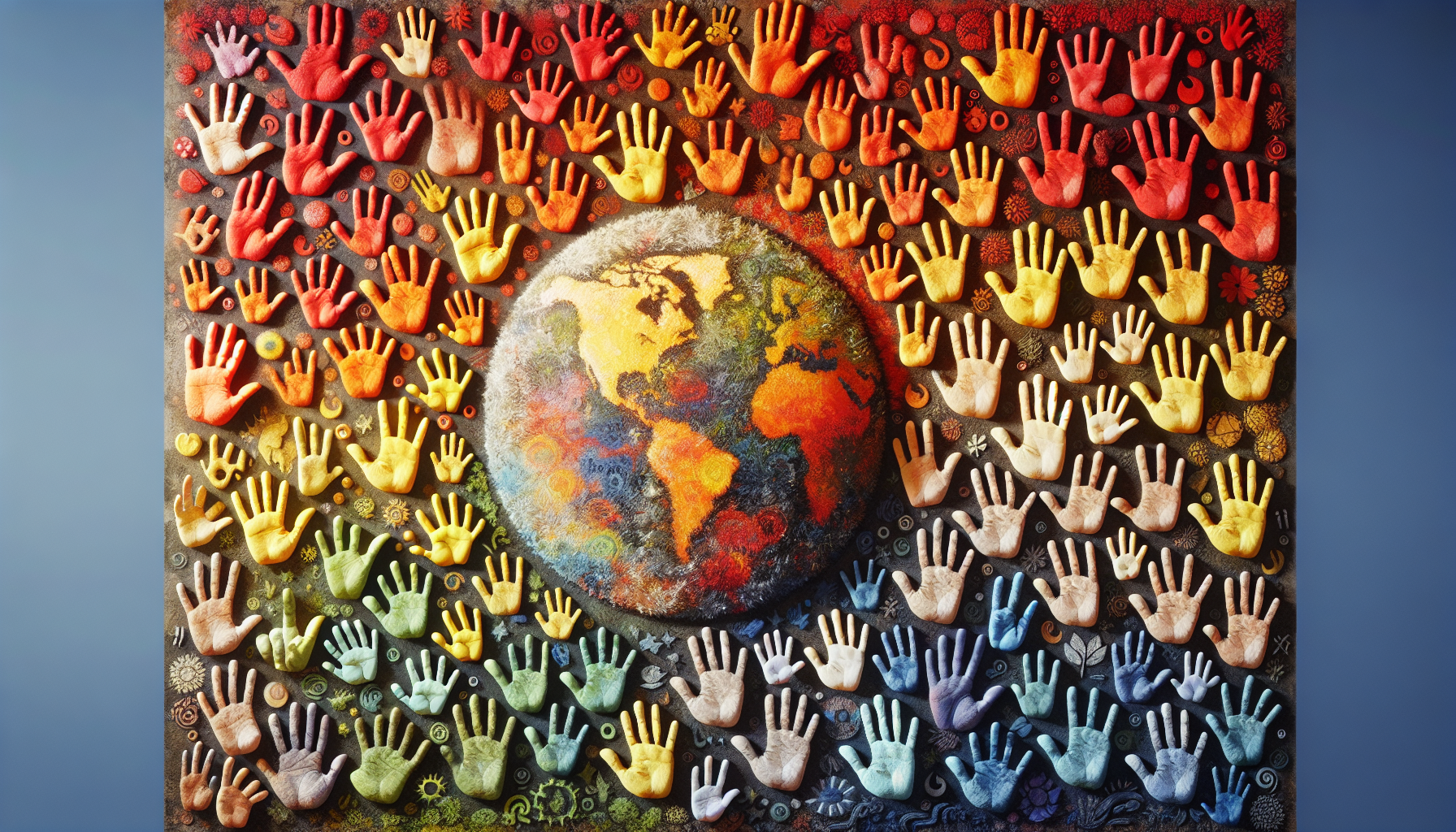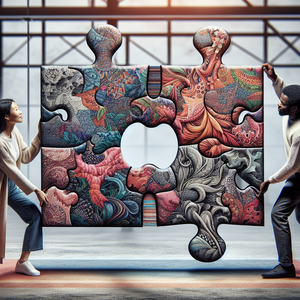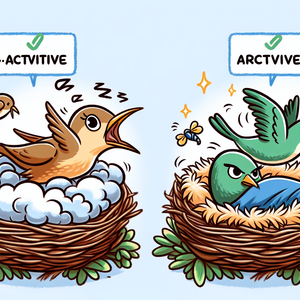The Rise of Virtual Reality in CAD Design

Virtual Reality is changing the design landscape by allowing designers to visualize and interact with their projects in entirely new ways. Traditional CAD tools have historically limited designers to two-dimensional representations, which can often obscure spatial relationships and dynamics. In contrast, VR offers a three-dimensional environment where freelancers can immerse themselves in their creations, gaining a deeper and more intuitive understanding of scale, proportion, and flow. Take architecture as an illustrative example. Architects can navigate through virtual models of their buildings, making real-time adjustments based on the sensory experience of the space. This immersive engagement not only enhances the design process but also allows for more effective communication with clients. When clients can "walk through" a virtual space, they are more likely to provide meaningful feedback, fostering a collaborative environment that enhances the final product.
Enhancing Portfolios and Attracting Clients
The integration of VR tools into CAD practices enables freelancers to significantly enhance their portfolios. By incorporating VR experiences into their showcases, designers can demonstrate their innovative thinking and technical skills—attributes that are increasingly valued in the competitive CAD landscape. For instance, a product designer who can present an interactive VR model of a new product can captivate potential clients, offering them a level of visualization that static images or traditional mock-ups simply cannot achieve. Furthermore, as industries begin to embrace VR technology, freelancers proficient in these tools can establish themselves as pioneers in a niche market. By emphasizing their VR capabilities in marketing efforts, freelancers can attract high-quality clients eager to adopt cutting-edge solutions. For example, freelance interior designers can offer clients virtual walkthroughs of proposed spaces, which not only enhances client engagement but also sets the designer apart in a crowded marketplace.
Expanding Opportunities in Diverse Industries
The potential of VR in CAD design extends well beyond architecture; it is making strides in various fields, such as product design, automotive engineering, and even custom jewelry. For product designers, VR facilitates rapid prototyping and testing, allowing for quick iterations based on user feedback. This capability is particularly crucial in today's fast-paced market, where agility and responsiveness are key to success. In the realm of custom jewelry design, VR provides clients with a unique means to visualize their custom pieces before production. Designers can create immersive experiences that allow clients to view their designs from multiple angles and even simulate wearing them. This not only enhances the client's satisfaction but also builds a solid foundation of trust in the designer's expertise and vision. Additionally, the automotive industry is leveraging VR to create virtual showrooms and design simulations. Freelance designers can collaborate with automotive companies to create lifelike virtual models of vehicles, enabling them to test aerodynamics and aesthetics in a virtual environment before moving to physical prototypes.
The rise of Virtual Reality in CAD design signifies a major leap forward that freelancers must embrace to remain competitive. By adopting VR technologies, CAD designers can transform their creative processes, elevate their portfolios, and unlock new market opportunities. As the demand for innovative design solutions continues to grow, freelancers equipped with VR skills will find themselves in an advantageous position within the industry. The future of CAD design is not only promising but also exciting, and those who adapt to these changes will be well-prepared to capitalize on the opportunities ahead. Embracing VR today may very well be the key to unlocking tomorrow’s potential in the ever-evolving world of design. In a landscape where creativity meets technology, the freelancers who harness the power of Virtual Reality will lead the way into a new era of design innovation.
VR CAD Designer
Architectural firms, engineering consultancies, and design agencies
Core Responsibilities
Create immersive 3D models and environments using CAD software integrated with VR technologies.
Collaborate with architects and engineers to visualize design concepts and refine project specifications in a virtual space.
Conduct user testing within VR simulations to gather feedback and iterate on design improvements.
Required Skills
Proficiency in CAD software (e.g., AutoCAD, Revit) and VR development tools (e.g., Unity, Unreal Engine).
Strong understanding of spatial design principles and user experience in virtual environments.
Excellent communication skills for effective collaboration with multidisciplinary teams.
Product Visualization Specialist
Consumer electronics companies, automotive manufacturers, and industrial design firms
Core Responsibilities
Develop high-fidelity virtual prototypes of products for client presentations and marketing purposes.
Use VR tools to simulate product functionality and user interactions, enhancing client understanding of design intent.
Collaborate with product managers and marketing teams to create engaging visual content for promotional campaigns.
Required Skills
Expertise in 3D modeling software (e.g., SolidWorks, Rhino) and VR visualization platforms.
Strong artistic sensibility and attention to detail to create compelling visual narratives.
Experience in product design processes and understanding of material properties and manufacturing constraints.
Virtual Reality Experience Designer
VR development studios, marketing agencies, and companies specializing in immersive technology solutions
Core Responsibilities
Design and develop interactive VR experiences tailored for specific industries, such as real estate or retail.
Work closely with clients to understand their vision and translate it into engaging virtual walkthroughs or simulations.
Analyze user interaction data to refine and improve VR experiences continually.
Required Skills
Proficiency in VR development tools (e.g., Oculus SDK, A-Frame) and user experience (UX) design principles.
Strong storytelling skills to create immersive narratives that resonate with users.
Familiarity with graphic design software (e.g., Adobe Creative Suite) for creating visual assets.
Automotive VR Designer
Automotive manufacturers, design consultancies, and automotive technology firms
Core Responsibilities
Create and simulate lifelike virtual models of vehicles for design validation and marketing purposes.
Collaborate with automotive engineers to assess aerodynamics and aesthetics through VR simulations.
Conduct virtual reality presentations for stakeholders to visualize design concepts before physical prototyping.
Required Skills
Experience with automotive design software (e.g., CATIA, Alias) and VR applications.
Strong understanding of vehicle dynamics, materials, and manufacturing processes.
Excellent teamwork skills and the ability to present complex ideas clearly to diverse audiences.
Virtual Jewelry Designer
Jewelry design studios, luxury brands, and custom jewelry retailers
Core Responsibilities
Design and prototype custom jewelry pieces using CAD and VR technologies for client visualization.
Provide clients with virtual try-on experiences, allowing them to see and interact with designs in real-time.
Collaborate with jewelers and manufacturers to ensure designs are feasible for production.
Required Skills
Proficiency in jewelry design software (e.g., RhinoGold, Matrix) and VR modeling tools.
Strong artistic ability and a keen eye for detail in design aesthetics.
Knowledge of gemology and the properties of different materials used in jewelry making.


